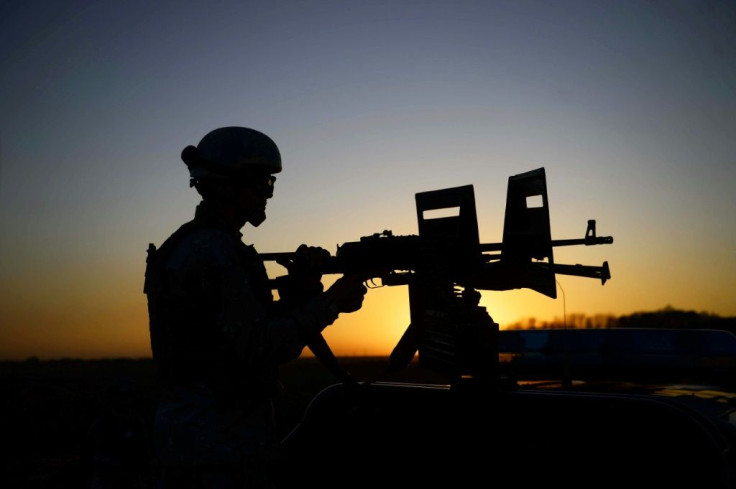Shocking Report Shows US Military Officials Misled Public On The War In Afghanistan

KEY POINTS
- Senior military officials were fully aware that the 18-year war in Afghanistan was unwinnable: report
- The U.S. military has suffered at least 2,351 deaths and more than 20,000 injuries in Afghanistan so far
- Lack of an exit strategy does not allow for removal of U.S. military presence in the near future
Despite U.S. military officials publicly stating repeatedly that the U.S. presence in Afghanistan was seeing major strides in winning the war, new documents show that it was well known that this was far from reality.
On Monday, the Washington Post released a number of documents obtained after a prolonged legal battle with the U.S. government showing how senior military officials were fully aware that the 18-year war in Afghanistan was unwinnable.
Since the war began in 2001, the U.S. military has suffered at least 2,351 deaths and more than 20,000 injuries in Afghanistan, according to public Pentagon numbers. Over 227,000 troops have been deployed over the 18-year period.
Speaking to government interviewers in 2015, U.S. military leader Lt. Gen. Douglas Lute, the head of the U.S. military in Afghanistan under the Bush and Obama administrations, worried about what the American public would think if it was made aware of the “magnitude of this dysfunction.” He places blame on U.S. military and political leadership. “We were devoid of a fundamental understanding of Afghanistan – we didn’t know what we were doing … What are we trying to do here? We didn’t have the foggiest notion of what we were undertaking,” Lute said.
In the more than 400 internal interviews conducted, a picture was painted of failed efforts to curb opium production, build local military and police forces and put a stop to enormous corruption among U.S. allies in Afghanistan.
The released documents appear to show how military officials had deliberately worked to conceal proof that the war’s progress did not reflect the situation presented to the public. It became commonplace for officials in Kabul and in the three presidential administrations overseeing the war to intentionally alter statistics to paint a distorted picture of U.S. military operations in Afghanistan.
Army Col. Bob Crowley, the senior counterinsurgency adviser during 2014 and 2015, said, “every data point was altered to present the best picture possible.” The intent was to show that “everything we were doing was right and we became a self-licking ice cream cone.”
Officials admitted privately that an enormous amount of taxpayer funding had been wasted in the still-ongoing military campaign in Afghanistan. They also confessed that the strategies being employed were ineffective and flawed.
Though the U.S. Department of Defense has not released numbers detailing the amount of money the U.S. has spent in Afghanistan since 2001, independent studies estimate the bill has approached $1 trillion – not including expenses related to non-military intelligence operations and Veterans Affairs.
Presidents Obama and Trump have long criticized the war in Afghanistan, having stated their desires to remove the U.S. military presence in the war-torn country. However, experts agree that a lack of an exit strategy means this is not likely to be achieved in the near future.
© Copyright IBTimes 2025. All rights reserved.






















